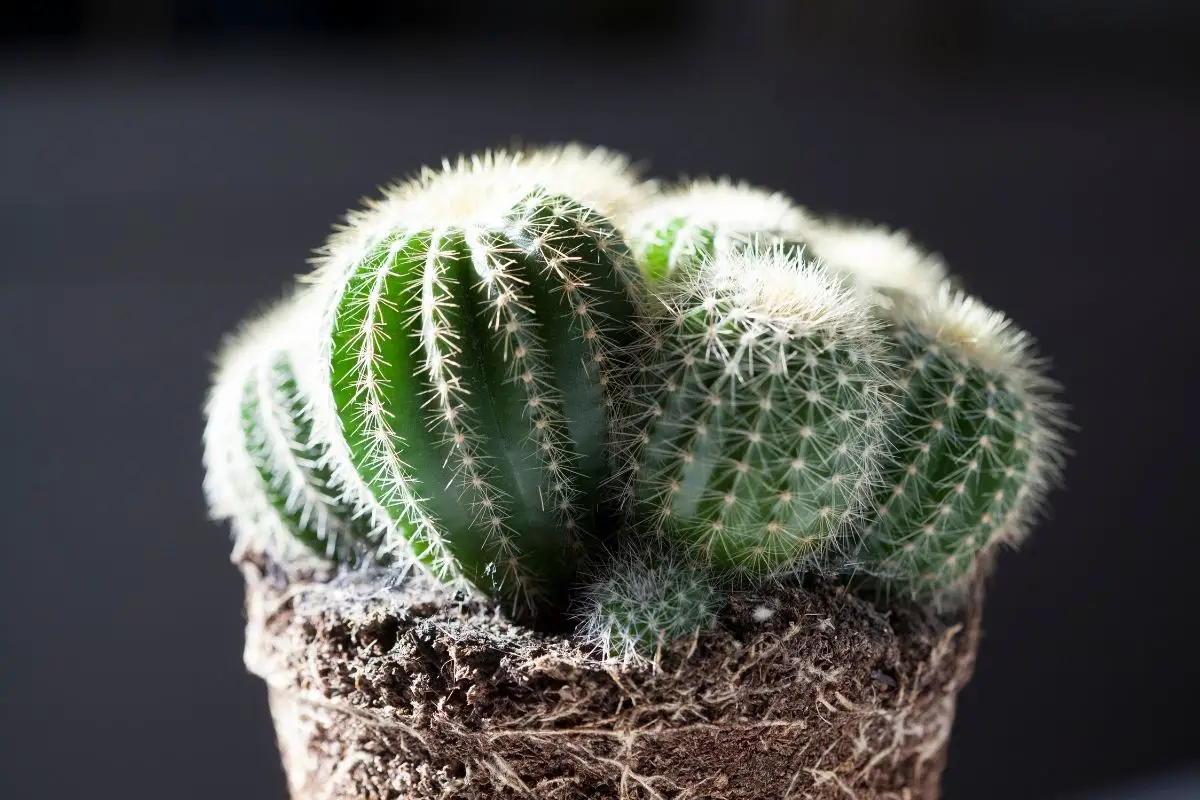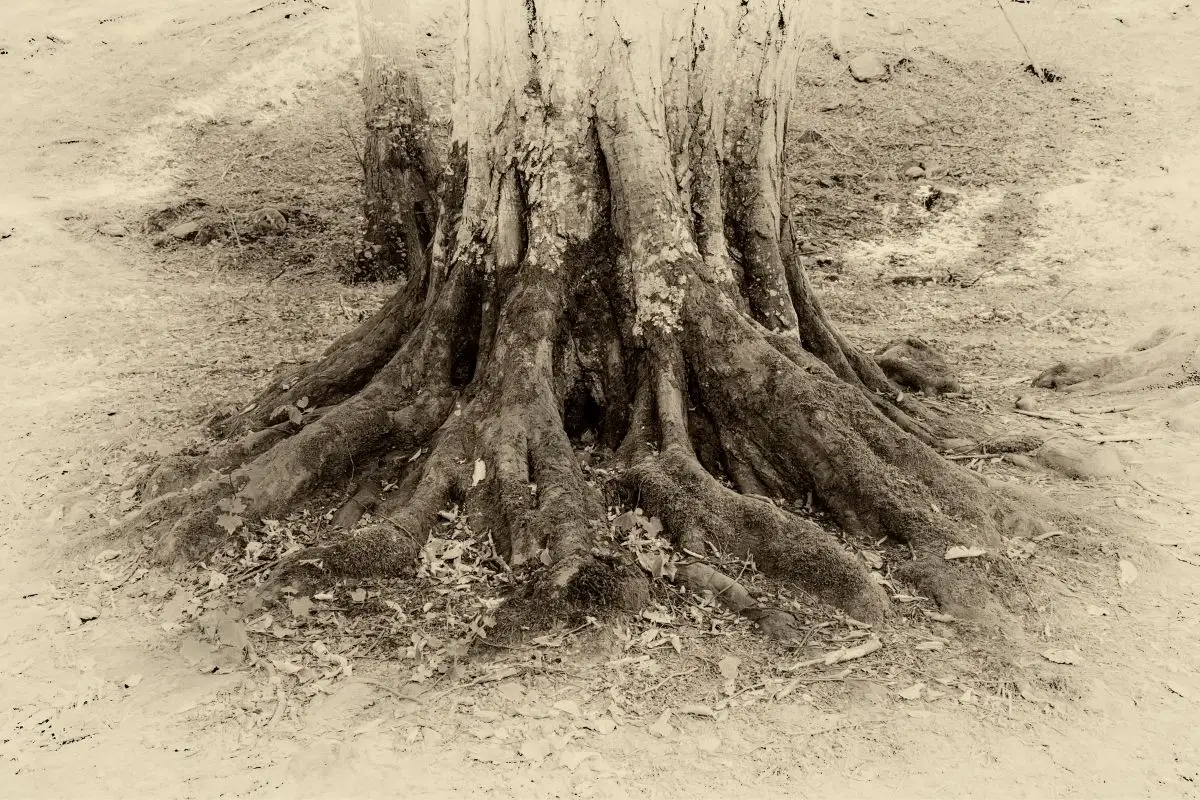
The cactus is the king plant of the desert, or any desert environment. Cacti can be seen sprouting up in any region with an arid and hot climate. One consequence of the spread of American civilization in the West was the reclamation of large tracts of desert.
But even where modern cities have been established, the conditions for growing cacti exist. Many urban and suburban residents of such regions have grown cacti in their gardens and communities. In many instances, this is done to better integrate the city with the environment.
If you intend to do this, then you should gain insight into how cacti work.
How Long Are Cactus Roots?

The root system of a cactus is unique in that it is necessary for the plant to retrieve water from deep inside the ground and disperse it widely throughout its wide body. Cactus roots can grow as deep as three feet into the ground and up to three feet wide. Cacti are tough and resilient plants that have evolved to survive the harsh and inhospitable conditions of the desert.
The roots adaptation system is one of the many techniques they have acquired to preserve themselves in the desert.
The Importance of Cacti Roots
Over the centuries, cacti have evolved to collect and store water for prolonged drought seasons. This is essential to their survival. Some have roots that are covered with thick and hairy layers that prevent the loss of water.
Other cacti have a fibrous root system with connective tissues that spread out to collect as much water as possible. Knowing the different types of cacti roots is key to understanding how the plant grows and survives.
Types of Cacti Roots
Here are some of the many different types of cacti roots:
1. Taproots

These are the most common types of roots found on the plant. Cacti send these long roots deep into the ground. Taproots are strong enough to provide stability and firm anchorage for the plant.
The latter is vital to the survival of the plant, as cacti grow in climates filled with heavy wind and occasional hail storms. In addition to anchorage, taproots help the plant absorb moisture and nutrients from the ground. The roots are thicker and longer than all other roots, and they last throughout the lifespan of the plant.
Taproots act essentially as the backbone of the entire root system.
2. Fibrous roots

These roots do not go deep underground. They remain on the surface and can go up to 15 feet from the parent plant. Water collection is the main function of these roots.
These roots are adept at collecting water even from soil with little rain. When it does rain, fibrous roots immediately start collecting water. When rains are especially long, these roots increase the rate at which the absorb water by forming new lateral roots.
The latter can form in less than two hours and start working immediately to collect every drop of water from the plant. When the rains cease, the newly formed lateral roots dry up and fall off to minimize water loss. Fibrous plants cover a large part of the ground to guarantee the hydration process.
If you intend to grow cacti with fibrous roots indoors, you will need to put them in wide pots. This will give these roots room to grow and do their job.
3. Aerial roots

Not all cacti develop aerial roots. They are mainly found in epiphytic cactus plants that grow on tree branches. These types of roots help cacti plants gather moisture from the humid atmosphere.
They support cacti by getting water from the sky when it is hard for plant roots to get moisture from the ground. Aerial roots can also help anchor climbing cacti on stems and rocks.
4. Lateral roots

These roots tend to branch out as the plant grows. They help ease the plant’s ability to absorb water and food. They also help anchor the plant against the heavy winds of the desert.
Lateral roots branch from other roots that grow outwards. They sprout in all directions from the taproot. They do not go deep underground like taproots. They remain instead on the surface.
This allows them to absorb as much water as possible from the rain. They then send the water they have collected to the body of the cacti or the taproot for storage.
5. Succulent roots

These roots help cacti save water and food for future use. The succulent roots form as a result of the enlargement of other parts of the root.
In Summary
Cacti grow in harsh climatic conditions. Water scarcity makes it necessary for these plants to grow roots that burrow deep into the underground. However, cacti are not solely reliant on these deep roots.
They also have shallow roots that allow them to absorb the rain water that occasionally falls from the sky. If you are planning to grow and nurture cacti in a domestic environment, you can make it so that each of the roots that your plant grows can maximize the intake of water they receive. You must also remember that the cactus is not a creation of humans.
It is a natural phenomenon that is used to living under certain conditions. It is made to store large amounts of water. And while it is permissible and necessary to water cacti, you cannot do so in the same way that you would other types of plants. If you do overwater a cactus, it will become mushy and begin to fall apart.



